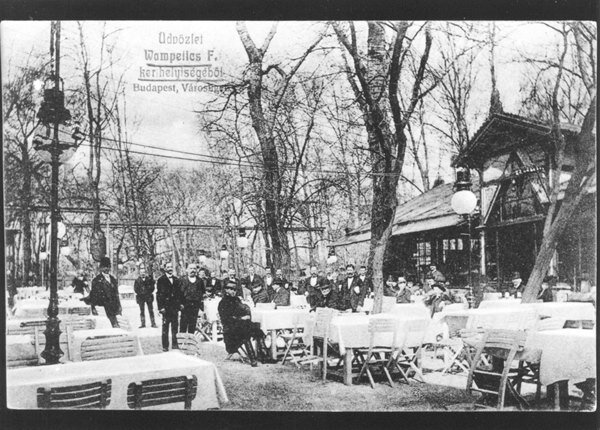Gundel - Hungary’s most famous restaurant
Our history
Here at Gundel, where history meets gastronomy, everyone can find a home. Guests can enjoy the finest Hungarian dishes prepared in the tradition of Gundel's gastronomic heritage and experience the fusion of tradition and innovation.
Gundel is more than just a restaurant; it's a true legend, revered and loved for generations! Gundel is part of our heritage, and we find joy in sharing it with everyone. Discover the Gundel experience and enjoy the finest values of Hungarian gastronomy, either in the restaurant or at our events. Gundel is a real historical icon, a bastion of tradition and culinary treasures, and we proudly preserve the traditions and legends of Hungarian cuisine.
Gundel is for everyone!
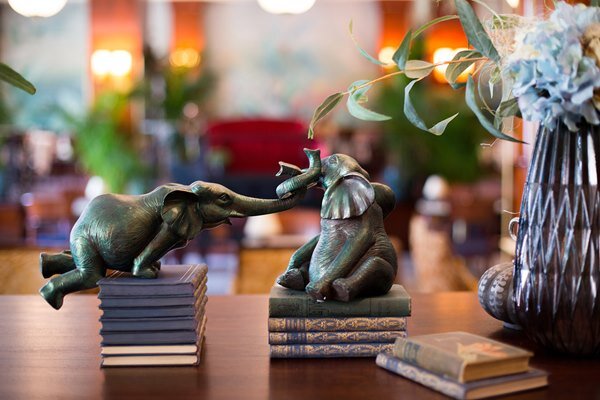
A new chapter
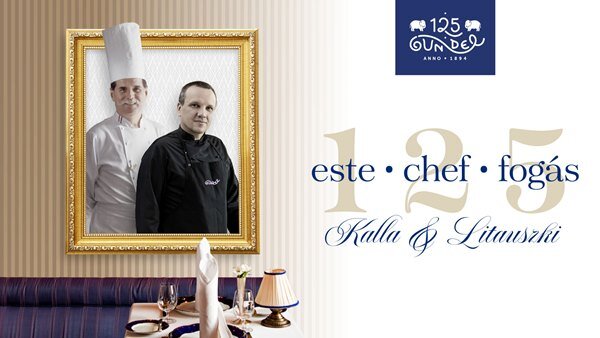
GUNDEL turns 125 – Kalla & Litauszki
The 125th anniversary year at Gundel has been launched with the Legendary Chefs’ Menu.
1 EVENING – 2 CHEFS – 5 COURSES
Kálmán Kalla movingly describes what a special feeling it was to return to Gundel for an evening. - ”It was an uplifting experience to talk about my time at Gundel.” I was so pleased to be able to come back…”
On 21 May 2019, Chef Kálmán Kalla returned to Gundel to compose an unforgettable dinner, together with Executive Chef Zsolt Litauszki. That evening we were able to taste some of Kálmán Kalla’s own creations, which are still very successful today, along with complementary soup and main courses created by Gundel chef Zsolt Litauski (anyone who has been following the evolution of Hungarian gastronomy needs no introduction to this inventive, talented and ambitious professional). Between 2018 and 2020, it was he who combined Gundel tradition with innovation.
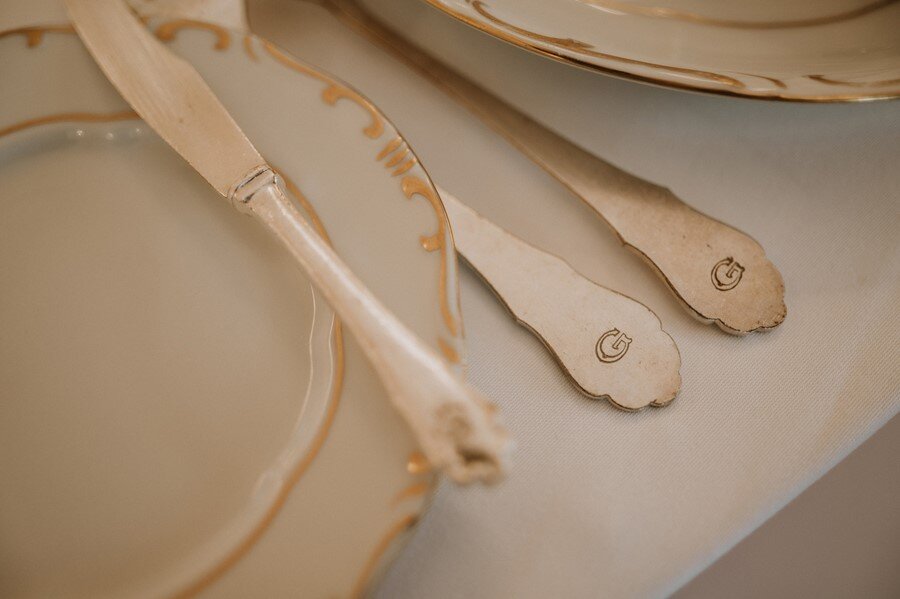
Life after the legendary chef Kálmán Kalla.
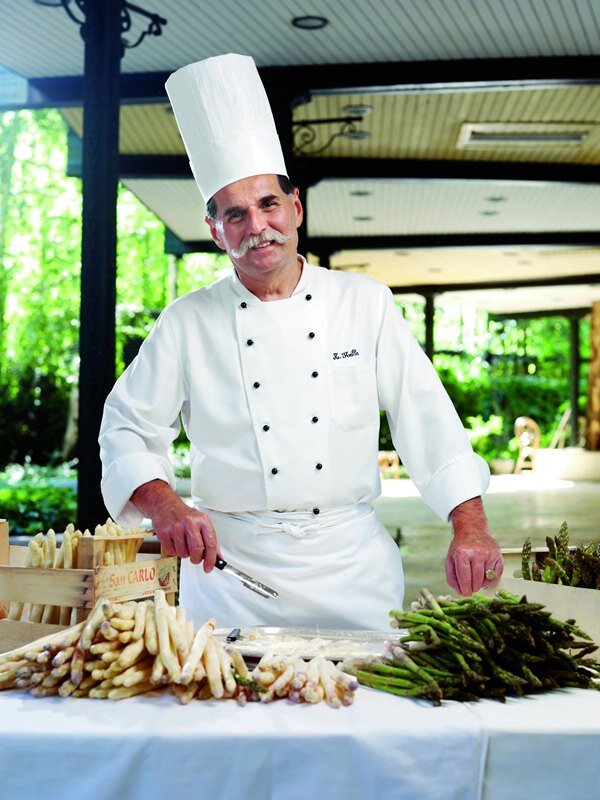
A new Golden Age: the Láng-Lauder-Kalla era
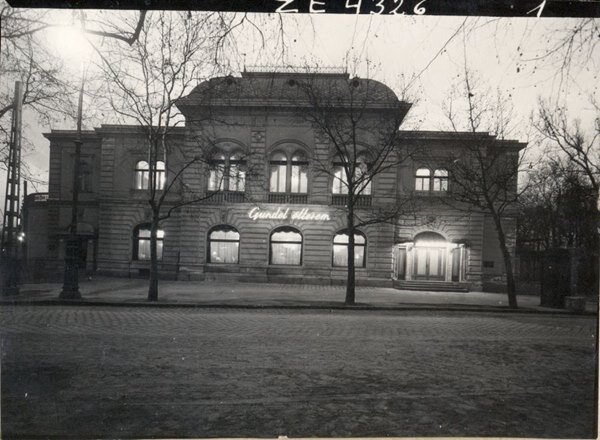
The Gundel Renaissance
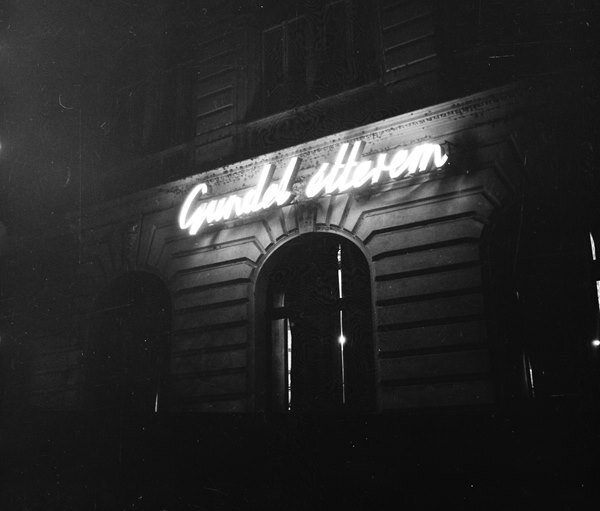
Hard times

The golden-hearted Károly Gundel
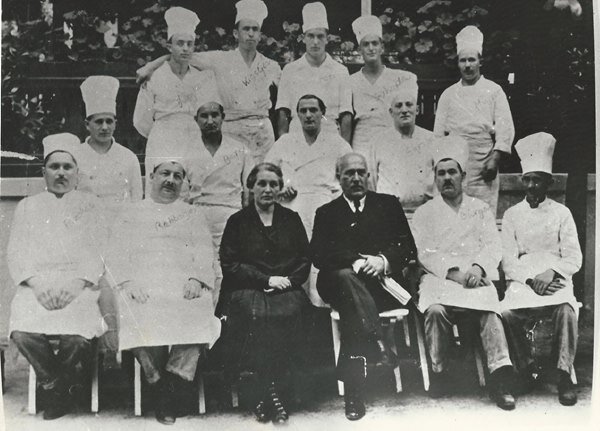
The Gundel-Gellért era
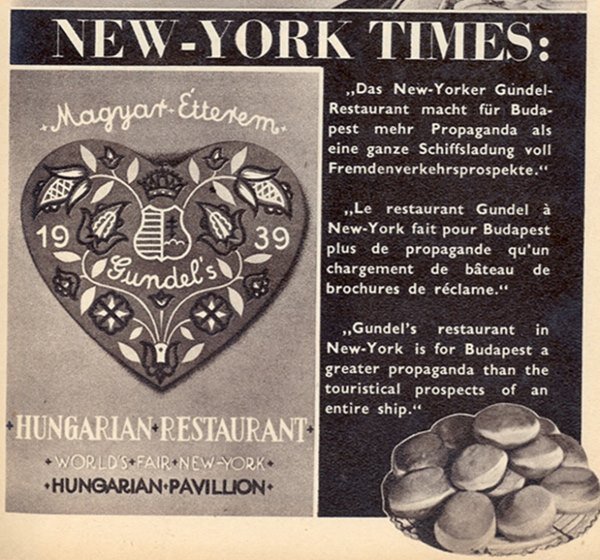
The New York World Exhibition
In 1939, the young Károly Gundel’s restaurant became the official restaurant of the Hungarian pavilion of the World Exhibition in New York. ”The Gundel restaurant is bigger and better publicity for Budapest than a boatload of tourist brochures,”– wrote the New York Times in 1939.
Gundel did a tremendous amount to popularise Hungary’s culinary treasures. Thanks to his beneficial influence, Hungarian cuisine was placed firmly on the map.
The restaurant’s popularity was thanks to two things: its inimitable hospitality and its incomparable cuisine. In the first decades of the 20th century, with unerring instinct, Károly Gundel revolutionised Hungarian cuisine and its previously unrealised potential, using modern kitchen equipment and combining its original flavours with the delicacies of French cuisine. He left an indelible mark on Hungarian gastronomy with his popular dishes, which are still part of the Gundel repertoire today. These include the Újház chicken soup, Palóc-style soup, the Wampetics dumpling and the deservedly famous Gundel pancake.
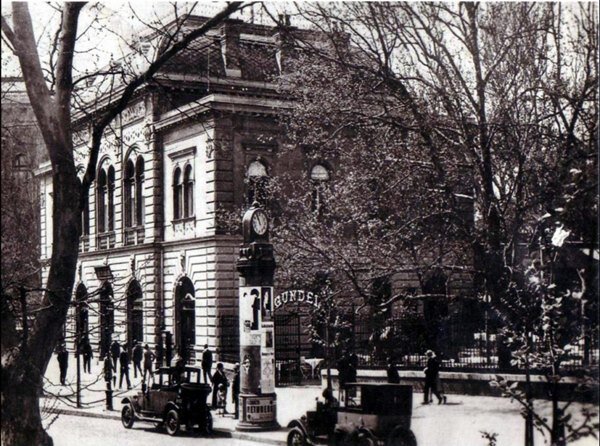
Gundel – birth of a legend
Károly Gundel leased the Wampetics restaurant from the City of Budapest in 1910, renaming it Gundel Restaurant. ”Splendid pavilion-type covered structures are situated in the large courtyard and garden, which as well as providing pleasant coolness in the summer heat, create open space in the open air.”- wrote the Vendéglősök Lapja hospitality trade magazine on 20 June 1911.
He set about his work with gusto: modernising the menu and reforming the service as well as the whole system in the kitchen. And he enjoyed resounding success! Károly Gundel tamed Hungarian cooking, combining it with culinary trends from around the world and making gastronomic history with his dishes. For Hungarians, the name Gundel soon became synonymous with true hospitality and the restaurant became a favoured meeting place for Hungarian politicians, business leaders and the middle classes. ”It was chic to go to Gundel...” was the opinion of the artists, sports people, writers and other well-known figures, as well as the restaurant’s regulars.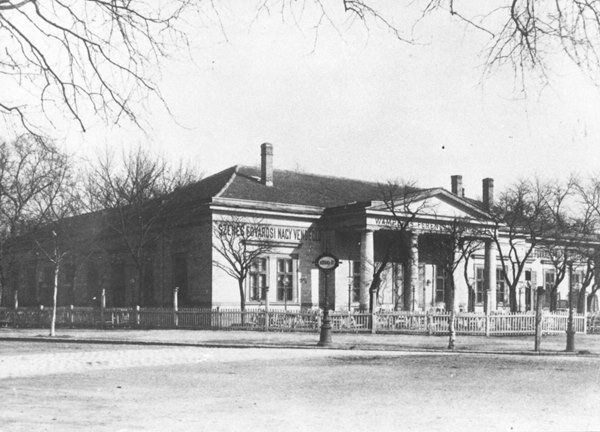
Wampetics
